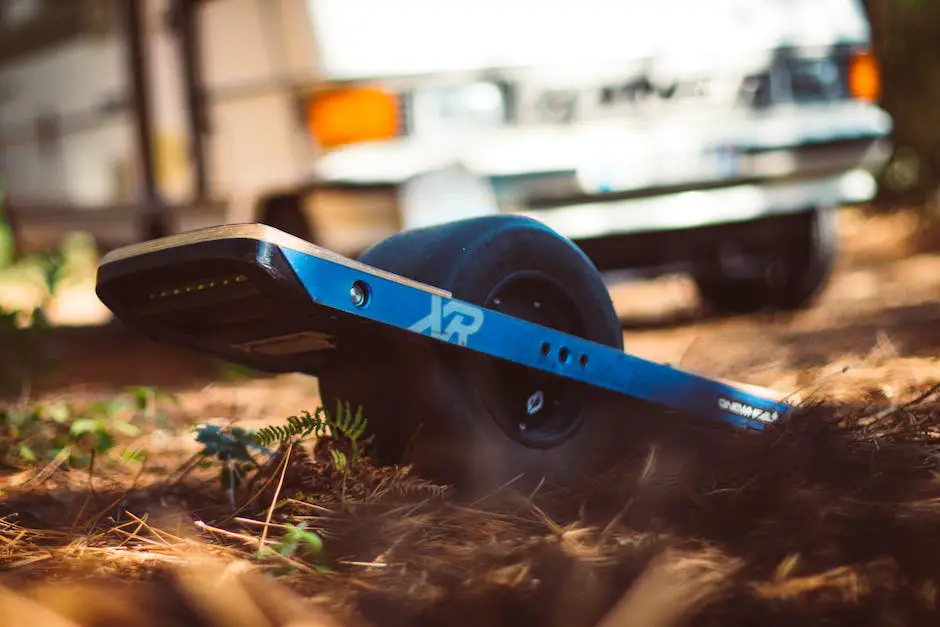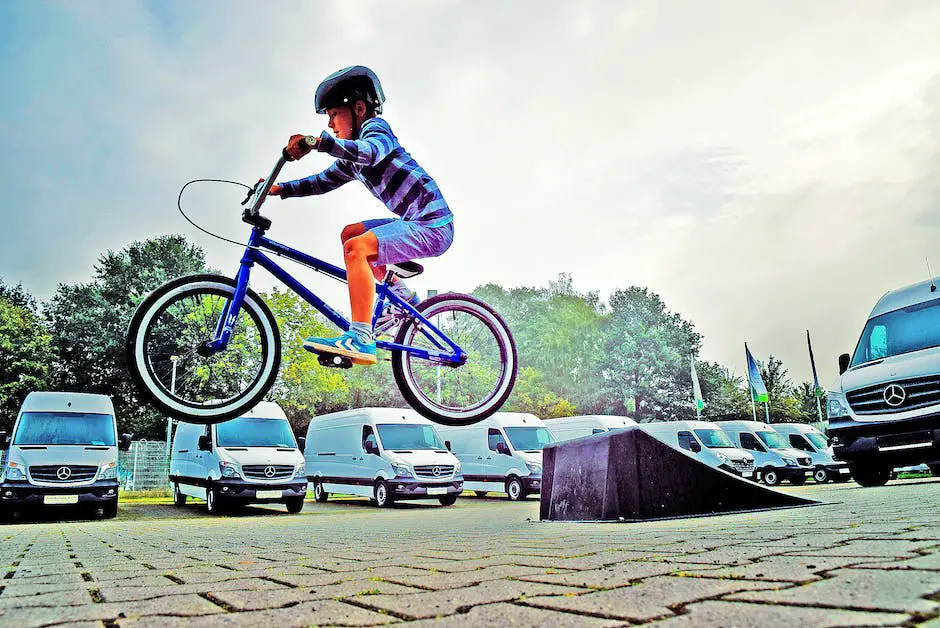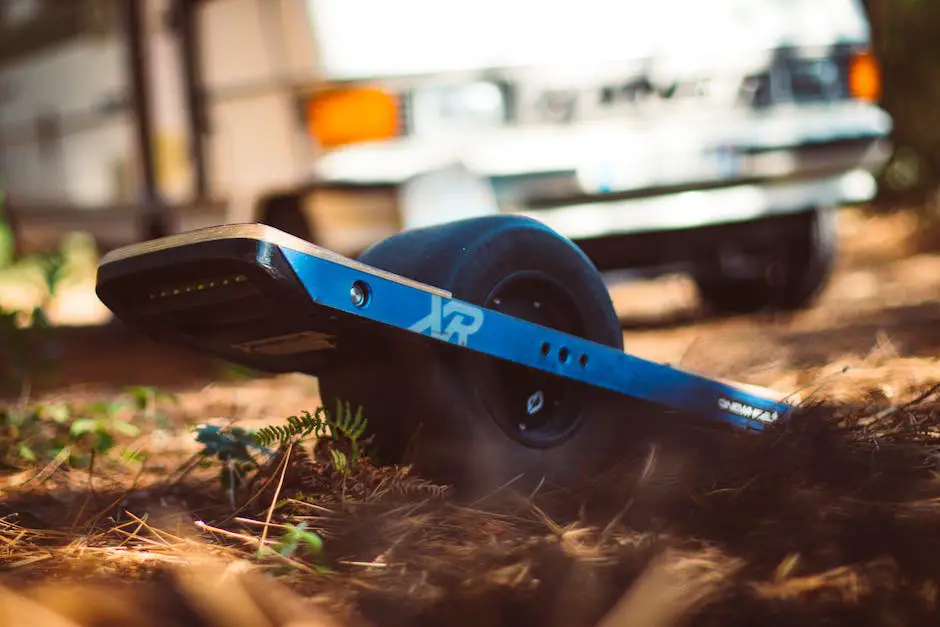In the thrilling realm of electric skateboarding, one feature stands elevated above most, determining both the rider’s safety and influencing their overall experience. That pivotal factor is speed control. This critical mechanism does not only bring convenience, but it also dictates the thrill and sense of adventure that enthusiasts seek in the sport. Moreover, it can be the key that unlocks skill progression for riders at all stages, from beginners to more advanced skateboarders. Without proper comprehension and control of speed on their e-skateboard, riders cannot fully experience the adrenaline-filled rush that this exciting activity promises. In fact, it may even lead to dangerous consequences. Therefore, understanding and gaining mastery in maintaining the correct speed control is significantly more than just a technical aspect; it is a central determinant of the overall user experience.
Fundamentals Of Speed Control
Do you aspire to effortlessly glide through the streets with an electric skateboard, blending speed, style, and control like a pro? Discovering the art of speed control in electric skateboarding not only gives you a smoother ride but also ensures your safety as you navigate the streets.
Speed control in electric skateboarding positions you for a fun and safer ride. There are key elements to note and cultivating these skills can change your journey from ordinary to extraordinary.
Understanding Your Electric Skateboard
Each electric skateboard comes equipped with different features. The motor power, weight, battery life, wheel size and deck length all play roles in speed and control. Lower-power motors offer less speed, making them suitable for beginners. Higher-power motors, coupled with larger wheels, provide more speed, ideal for seasoned riders. A firm grasp of your electric skateboard’s specifications is essential in effectively controlling the speed and riding like a champ.
Mastering the Remote Control
The remote control, a critical component of electric skateboarding, regulates the skateboard’s speed. Skilled use of the remote control allows you to maintain a constant speed, a feature unmatched by traditional skateboards. The throttle for acceleration and brakes are usually found on the remote. Learn how to smoothly operate these features to get quicker response times, more speed control, and a safer ride.
Becoming Fluent in Throttle and Brake Management
Managing throttle and brake usage will drastically improve your electric skateboarding experience. By gradually adjusting the throttle, you can smoothly go from zero to your chosen speed without sudden jerks. Similarly, gently using the brakes instead of stopping suddenly makes for a more controlled, stable ride. Remember, abrupt stops can cause falls or even damage the electrical system of your skateboard.
Harnessing Speed Modes
Some electric skateboards come with different speed modes, designed for various skill levels. Beginners might find lower speed settings more manageable. As you become more experienced, feel free to explore higher speed modes as your control and confidence increase. It’s crucial to familiarize yourself with these settings to match your comfort and skill levels.
Learning Curve Handling
Having the know-how to handle curves at high speeds is critical. Lean towards the direction you want to turn. This shifts your body weight and helps the skateboard make a smooth turn. Approach curves at a controlled speed and gradually increase it as you navigate the curve.
Road Condition Awareness
Finally, the condition of the road you’re skating on also impacts your ride. Smooth, even surfaces allow for faster rides, while rugged and textured roads are best navigated at slower speeds.
Speed control can be the difference between an enjoyable ride and a potential accident. By honing these skills, you’re up for an exhilarating ride on your electric skateboard. So hit the pavement, embrace these fundamentals, and watch as the journey becomes just as exciting as the destination.

Implication on Safety
Discovering the Effectiveness of Speed Control on Electric Skateboards
Speed control plays an integral part in ensuring the safety of electric skateboarding. Hard-earned skill only goes so far; understanding the way speed control systems work can allow riders to handle their boards with finesse and precision.
Electric skateboards offer the advantage of programmable settings allowing the user to make various adjustments such as acceleration, deceleration, and speed limit. By fine-tuning these settings, riders have greater control over their riding experience, thereby enhancing their safety.
One of the standout factors influencing electric skateboard safety is the use of electronic speed controllers (ESC). The ESC is a device that controls the speed of the skateboard’s motor. It does this by adjusting the electric energy supplied to the motor, thereby managing its speed and direction. Therefore, mastering the ESC is fundamental in promoting safety.
The right braking technique is another aspect that directly impacts safety. Smooth, progressive braking reduces the risk of accidents. Likewise, sudden braking could cause the board to stop abruptly, throwing the rider off balance. By mastering the application of brakes via the ESC, riders can navigate with better control during both high and low-speed rides.
Next, let’s dive into the subject of gear and wheel sizes. Different gears and wheels sizes can significantly affect your overall speed. Larger wheels offer high speed and are better suited for smooth, flat terrain, while smaller wheels provide slower speed and greater control, which is ideal for hilly and rough roads. Tailoring your gear and wheel sizes to your comfort and skill level ensures a safer ride.
Just as important is the concept of speed wobble. A speed wobble, common among beginner and even intermediate riders, is a rapid oscillation of the skateboard from side to side. Too much speed can cause such wobbles, especially if the rider lacks control or doesn’t have a balanced stance. Luckily, understanding and properly implementing speed control can help prevent this unnerving occurrence.
A discussion about skateboarding safety cannot be complete without acknowledging terrain and environmental conditions. Riders must adjust their speed based on the environment they’re navigating. Roads with heavy traffic, uneven surfaces, slippery conditions, or hilly landscapes require greater speed control for a safe and enjoyable boarding experience.
Lastly, for beginner skateboarders, it’s advisable to start riding at a slow pace and gradually increase speed when comfort and confidence levels rise. This practice not only ensures safety but also makes the learning process smoother and enjoyable.
By learning about speed control, riders of all skill levels can enhance their safety while enjoying the thrilling experience that electric skateboarding offers. It’s all about exploring the capabilities of your board, knowing when to slow down or speed up, and continuously learning and adapting to different environments, thus leading to a safer and exciting electric skateboarding journey.

Role in Skill Progression
The key to enhanced skateboarding skills lies in one’s ability to control speed, a largely underestimated aspect of the sport. It’s often said that speed is the minimalist art of skateboarding – it’s a subtle craft that makes a world of difference when mastered.
To comprehend this, imagine skateboard speed on a spectrum, where you have beginners at one end and seasoned skateboarders at the other. In-between, there’s a continuum of skills developed and the speed at which they’re performed. Remarkably, advanced maneuvers by skilled skateboarders are achieved not due to high speed alone, but in concert with impeccable speed control.
Speed control in electric skateboarding is managed by electronic speed controllers (ESC), a critical cog in our speed control wheel. ESCs are essentially the remote controls of electric skateboards, dictating the pace as they regulate motor speed. By understanding the function of ESCs, we can exercise greater control over acceleration, deceleration, and speed limit, ultimately enhancing our skateboarding finesse.
Skateboarding is more than just about going fast; it’s about braking efficiently too. Effectively employing braking techniques substantially contributes to safety by preventing accidents. A crucial aspect of braking is understanding how the board behaves when decelerating. Abrupt stops lead to instability; hence, gentle easing into stops comes highly recommended.
Additionally, the gear and wheel sizes of skateboards significantly influence speed and control. Larger wheels offer higher speeds, while smaller wheels provide better acceleration and maneuverability. Meanwhile, gears come into play with electric skateboards – higher gear ratios give us lower top speeds with more torque – great for accelerating and for climbing hills.
Ever experienced that uneasy feeling where your skateboard wobbles uncontrollably from side to side? That’s commonly known as speed wobbling. It happens when the skateboard goes beyond its capacity to control high speeds, resulting in a ripple effect of board instability. The key here is not just your ability to control speed but also your agility in maintaining a good stance and balance.
Adapting speed to different terrain and environmental conditions is an art mastered in time. With practice, our skills in adjusting speeds to suit varied landscapes, whether sliding down a hill or skateboarding on a rough terrain, become an innate part of our riding. A light drizzle or a gusty day would then no longer be barriers but welcomed challenges.
Lastly, the focus of this article wouldn’t be balanced if we miss out addressing the beginners in our skateboarding community. The fundamental mantra here is progression and not perfection. It’s advisable to start at a slow pace, focusing on developing a strong foundation in balance and control, before ambitiously venturing into high speeds. And remember – speed is thrilling, but speed control is empowering.
So, dust off that helmet, shoulder those knee pads and step on your skateboard with a renewed understanding, appreciation, and respect for speed control. Enjoy the ride. Your journey into the beautiful world of skateboarding has just begun!

Influence on User Experience
A pivotal component of the electric skateboarding world is speed control. Grasping the art of speed management is the doorway to a thrilling, safe, and efficient ride. Speed control significantly influences a skateboarder’s overall experience as it impacts safety, ride efficiency, control, and, ultimately, the pure joy of cruising through the streets.
Savvy skateboarding enthusiasts would appreciate that speed evolves. There is something for skateboarders of all skill levels – a fascinating spectrum of speed waiting to be explored. Every ride becomes an opportunity for growth and betterment.
One must not circumnavigate the discussions on Electronic Speed Controllers. These devices are the brains behind the operation, regulating the skateboard’s motor speed. More than just a mundane part of the skateboard anatomy, they dictate a board’s overall performance. Hence, understanding the role of ESCs can have noticeable effects on honing the speed control skills.
Braking isn’t just a matter of stopping. It’s much more than that in the world of electric skateboarding. Different braking techniques, from gentle easing to hard stopping, greatly contribute to safety and control. Unlike traditional skateboarding, electric boards need a delicate hand when dealing with descent or stopping for safety, making them a crucial speed control aspect.
Then there are gear and wheel sizes – often overlooked in the consideration of speed and control. The larger the wheels or gears, the higher maximum velocity and changing the wheel sizes can bring forth noticeable changes in speed control. It can also affect acceleration, as well as the skateboard’s responsiveness.
An odd, yet recognizable phenomenon among electric skateboarders is speed wobbling. A sudden imbalance at high speed can quickly turn a thrilling ride into a dangerous situation. Therefore, understanding and preventing speed wobbles becomes a critical aspect for any skateboarder, aiming to command higher velocities securely.
Different terrain and environmental conditions call for varied speed adjustments. Smooth pavements might welcome greater speed while a rough patch or a downward slope might require a skateboarding enthusiast to dial back a bit. Adapting speed accordingly plays a significant role in maintaining control over different situations.
Starting slow is an irreplaceable mantra for beginner skateboarders. In the initial days, the focus should be on developing a sense of balance and control. Gradual progression gives room for proper skill development, and over time, speed becomes a natural companion.
Speed control in electric skateboarding is not just about rule obeying. It’s a knowledge-packed journey – a fun-filled exploration that makes every step amazing. As they say, “Fast is fun, but control is the buzz.” Embrace the speed, control it, conquer it, and get ready for an incredible ride.

As we wrap up, it is undeniable how essential speed control is in shaping electric skateboard user experience. It not only plays a central role in enhancing a rider’s safety but also heavily influences their enjoyment, comfort, and the thrill of the ride. Furthermore, it acts as a fulcrum in enabling skill progression among riders across various levels, improving their confidence, maneuverability, and proficiency. To experience the electrifying rush of skateboarding while also ensuring optimal safety, riders must grasp the fundamental concepts behind speed control and strive to master it. Over time, a detailed understanding of speed regulation doesn’t just turn you into a more proficient rider but also opens the door to exploit fully this adventurous sport provides, ultimately enriching the overall user experience.

